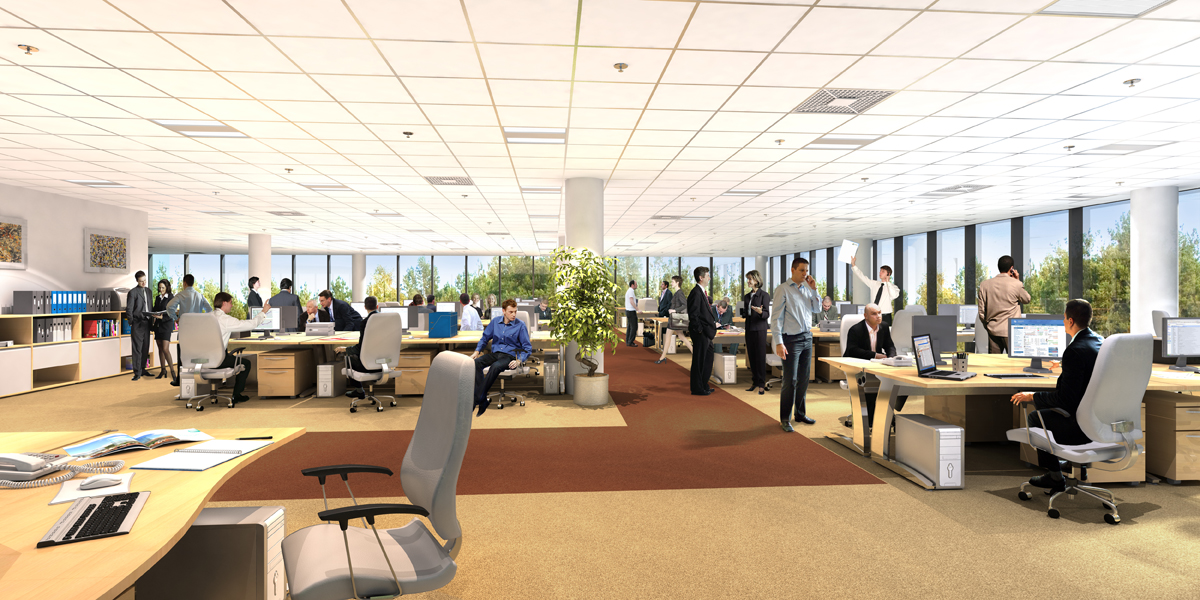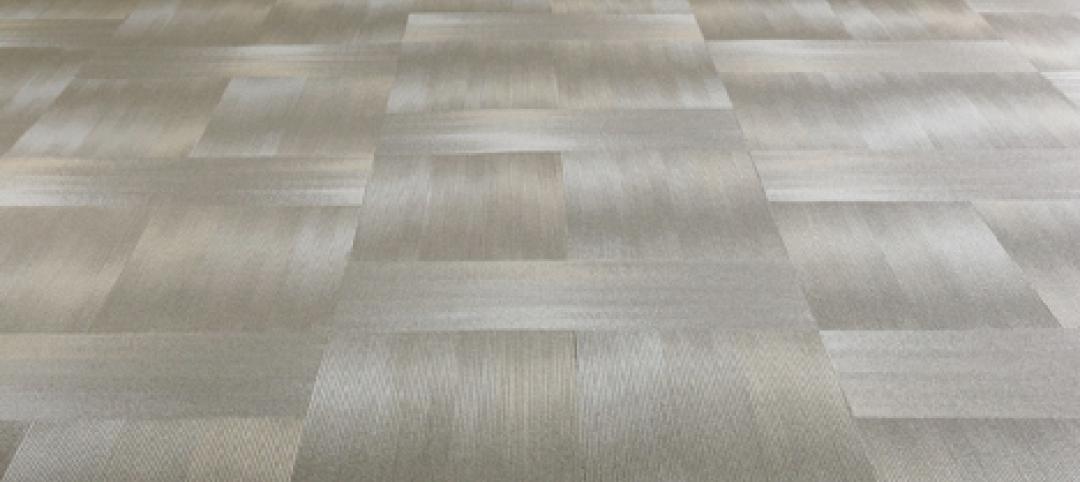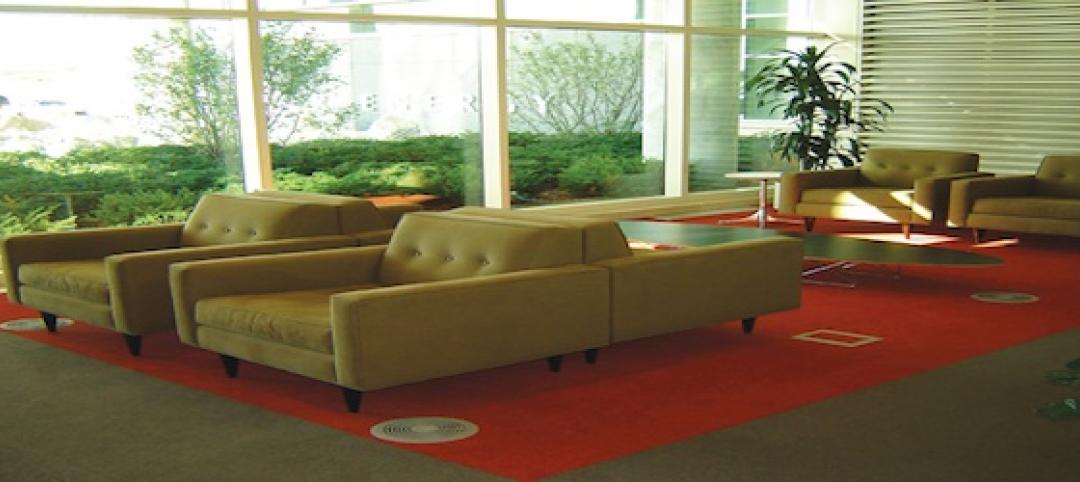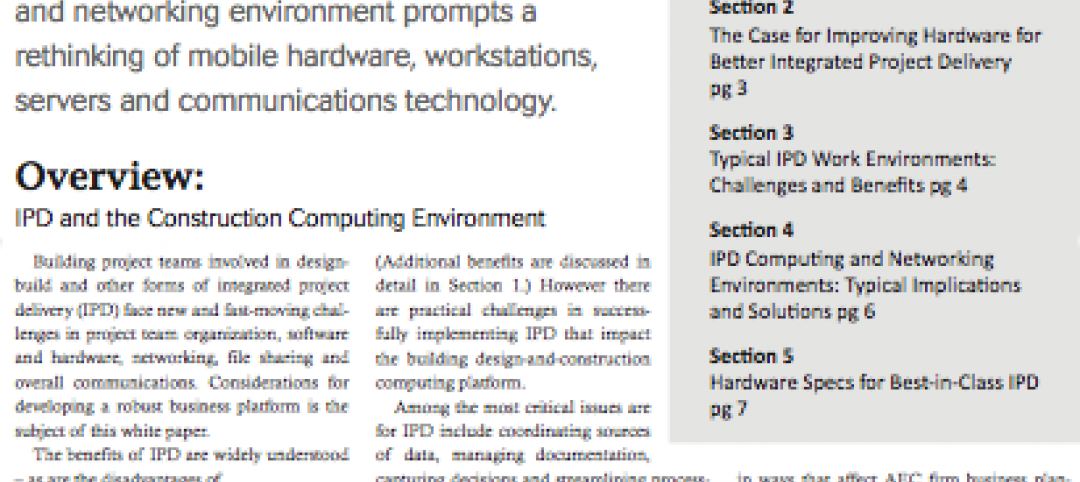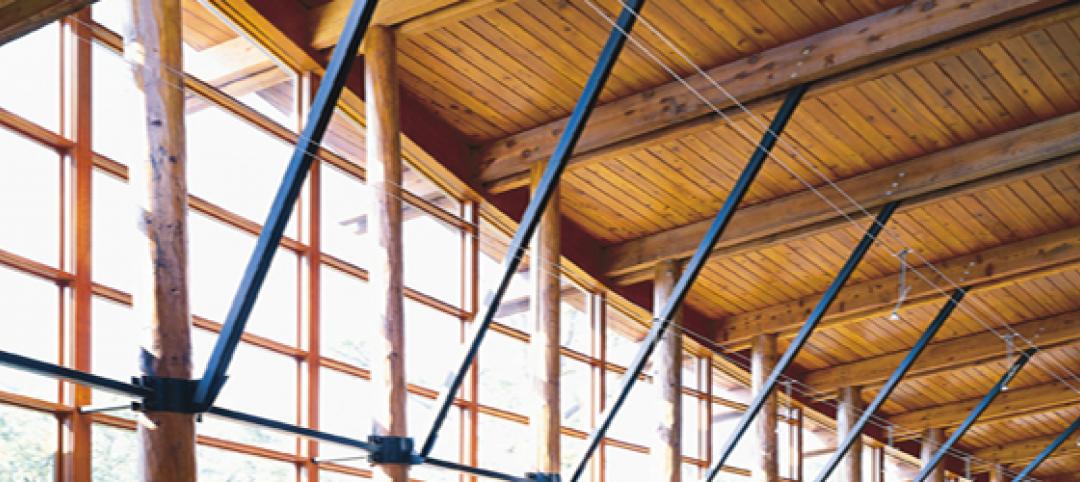A new study of 10,500 office workers in Europe, North America, and Asia found that more than half of employees prefer to have a private workspace versus an open place office, Deezen reports.
ew research shows that
Workers have said that open office floor plans cause multiple distractions, which leads to employees being unproductive during the day.
Office furniture specialists, Steelcase, and research company, IPSOS, found that insufficient privacy in the workplace was a worldwide problem. The survey they conducted said that out of 10,500 workers in Europe, North America and Asia more than 85 percent of employees were dissatisfied with their office environment and had difficulties concentrating.
Due to the lack of concentration throughout the day, survey respondents were losing 86 minutes per day to distractions, and 31 percent reported that they had to leave their offices to complete work due to a lack of private space.
Reportings also state that disengagement in the workplace is not only wasting time, but money. The current estimate for loss of productivity is said to be up to $550 billion in American companies and up to £70 billion a year in UK companies.
Those who had more privacy (11 percent of respondents) were more satisfied in their office environment and were therefore more engaged.
An architecture firm, Gensler, reported finding about a workplace survey they conducted saying that new office technologies and open-plan offices were damaging the performance of employees.
In just five years, workplace effectiveness has fallen in the U.S. by six percent.
For more information, visit www.dezeen.com.
Related Stories
| Aug 19, 2011
Thought Leader: Boyd R. Zoccola, chair and chief elected officer of BOMA International
Boyd R. Zoccola is Chair and Chief Elected Officer of BOMA International. A BOMA member since 1994, he has served on the Executive, Finance, Investment, and Medical/Healthcare Facilities Committees. An Indiana Real Estate Principal Broker and a board member of the Real Estate Round Table, he is Executive Vice President of Hokanson Companies, Inc., of Indianapolis, and has been involved in the development of $600 million worth of real estate. On a volunteer basis, Zoccola was president of Horizon House and a board member of Girls, Inc. He holds a BA in biology from Indiana University.
| Aug 19, 2011
How and why AEC professionals choose flooring systems
Design and construction professionals who completed our flooring survey had strong opinions about their preferred flooring type.
| Aug 19, 2011
Underfloor air distribution, how to get the details right
Our experts provide solid advice on the correct way to design and construct underfloor air distribution systems, to yield significant energy savings.
| Aug 19, 2011
Enhanced acoustical design
Ambient noise levels in some facility types are trending up and becoming a barrier to clear communication between building occupants.
| Jul 22, 2011
The Right Platform for IPD
Workstations for successful integrated project delivery, a white paper by Dell and BD+C.
| Jul 22, 2011
High-performance windows and doors
Learning objectives After reading this article, you should be able to: Understand issues of thermal performance and energy efficiency in relation to window and door systems; describe optimal detailing of the window-wall interface and how it contributes to building performance, sustainability, and occupant well-being; understand how durability contributes to sustainable windows/doors; and list sustainable O&M requirements for window and door systems.
| Jul 21, 2011
Falling Architecture Billings Index reflects decrease in design demands
This months Architecture Billings Index (ABI), provided by the American Institute of Architects, is almost a full point lower than last month’s reported score. June’s reading of 47.2 was short of the required 50 to achieve billings increases, making July’s reading of 46.3 an unwelcome sign of market tidings.


